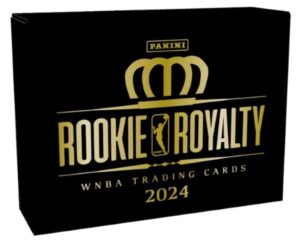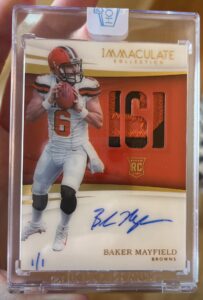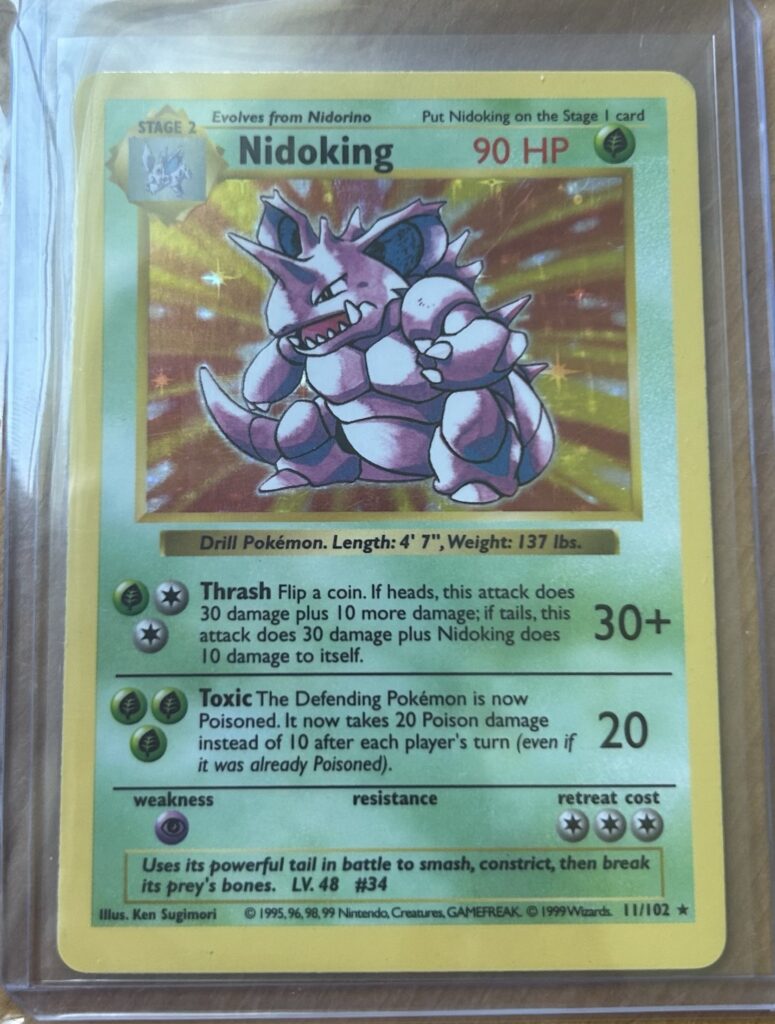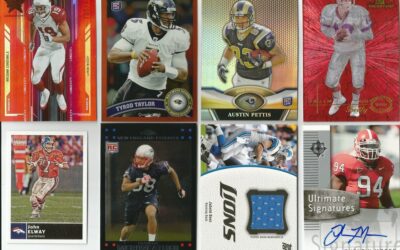The Debate That Never Dies (And Why It Still Matters)
If you hang around card people long enough, you’ll hear it: “Is that a true rookie?” Followed by three different answers, four opinions, and one guy explaining Star Company print runs from memory. The definition of a rookie card sounds simple—first card of a player as a pro—but the hobby’s history, licensing quirks, and brand marketing turned it into a glorious mess. Understanding where lines are drawn helps you buy smarter, avoid traps, and argue on the internet with less stress.
The Ground Rules Most Collectors Use
1) Uniform and league licensing
Rookie cards are generally the first mainstream cards of a player pictured in a pro uniform, released in a licensed set for that league. Collegiate or unlicensed headshots rarely count. That’s why a college set released before a pro debut is usually called a pre‑rookie, not a true rookie.
2) Pack‑issued, widely distributed, and part of a base checklist
Historically, a rookie card appears in a mass‑released product, not a test issue, team postcard, or promo. Think “you could pull it from packs at scale,” not “the equipment manager found a box in the back room.”
3) The manufacturer says it’s a rookie… mostly
Logos influence the culture. The little “RC” shield Panini uses reinforces collector consensus. But be careful: a logo helps, it doesn’t define. There are legit rookies without the modern shield, and there are shielded cards that hobby purists still debate.
Like this nonsense from Panini:

Panini “Rookie Royalty” released on June 30, 2025. The 2025 WNBA Season (Caitlin Clark’s SECOND season) began on May 16, 2025. Panini released a Caitlin Clark “Rookie” Card after her second season had already started. A blatant money grab.
Why Basketball Is the Messiest (And the Most Fun)
Basketball has the richest rookie lore. The flashpoint example: Michael Jordan. The 1986‑87 Fleer is accepted as his mainstream rookie card even though earlier Star Company issues exist. Why? Fleer was a licensed, national pack product with wide distribution and a full checklist; Star’s distribution was quirky and team‑focused. That precedent still shapes how collectors view modern releases. If you want a quick tour of iconic basketball RCs and how the market values them, skim the list in Top 5 NBA Players of All Time—And Their Best Rookie Cards and notice how every selection leans on the mainstream, pack‑pulled, licensed definition.
Terms You’ll See (And How Not to Get Tripped Up)
XRC
Short for “extended rookie card.” Historically used for cards that predate the first mainstream, pack‑issued RC but were released in odd or limited formats. In today’s marketplace the term is more folklore than law, but you’ll still see it in listings or older price guides.
Pre‑rookie
Cards issued before a player’s official pro debut: college, high school, national teams, minor leagues, summer league. Interesting, sometimes valuable, but not rookies under the mainstream definition.
Rookie insert vs rookie parallel
A rookie insert is a separate, often themed set within a product. A rookie parallel is the base rookie with a different finish or serial number. Both are rookie year cards, but the bedrock RC is still the base card.
RPA
Rookie Patch Auto. Fantastic, chase‑worthy, expensive—and not the “true rookie” if we’re being strict. The true RC is the base rookie in the flagship checklist. RPAs are premium rookie year cards.
Sticker, comic, or regional issues
Fun and collectible. Not generally recognized as the true RC unless they align with those pack‑issued, licensed, widely distributed rules.
Sport‑By‑Sport Quirks You Should Know
Basketball
Modern consensus points to flagship releases. In many collections, Prizm Silver still acts like the blue‑chip rookie parallel, while Optic Holo has a growing value case. For a practical buyer’s lens on that tug‑of‑war, read Prizm vs Optic: What’s the Best Basketball Card Buy? and you’ll see why “true rookie” and “smart rookie buy” sometimes diverge.
Baseball
Bowman muddies the water in a good way. “First Bowman” prospects are not rookies; they predate the player’s MLB debut. They can outprice a true rookie because the prospecting market is wild, but the RC tag belongs to the first flagship, Major League‑licensed rookie after call‑up. The hobby treats both lanes with respect—just know what you’re buying.
Football
Simpler than basketball today. A player’s first year in licensed, pro‑uniform products is the rookie year; the base card in flagship checklists serves as the true RC. Inserts, autos, RPAs, and numbered parallels are rookie year cards, not the singular RC.
Soccer
Club and international complications abound. Players can have stickers, Panini Adrenalyn‑type issues, or cards in smaller European releases before the first widely distributed, licensed rookie in a mainstream set. Research is crucial; demand sometimes crowns a “rookie” that bends the rules.
Common Rookie Myths (That Drain Wallets)
Myth 1: The earliest printed card is always the rookie
Not necessarily. If it’s a regional promo, unlicensed set, or a limited team issue, it may be a pre‑rookie that’s cool but not the flagship RC.
Myth 2: The most expensive card is the rookie
Value and taxonomy are not the same thing. In ultra‑modern, a low‑numbered parallel or on‑card auto can outprice the base RC by a mile while still being “just” a rookie year card.
Myth 3: The RC shield settles all arguments
Helpful, not definitive. Check the product, licensing, and distribution. That’s what supports long‑term consensus.
See above for Panini’s Rookie Royalty. It has the shield, but makes no logical sense.
How to Decide What Counts—A Practical Checklist
Step 1: Confirm licensing
Is the league logo present? Is the player in a pro uniform tied to that license? If yes, you’re on the right path.
Step 2: Confirm distribution
Was the card pack‑issued in a widely distributed product with a real checklist? If yes, keep going.
Step 3: Identify the flagship RC
In most modern lanes, the base rookie in the flagship set is the true RC. Everything else is a branch off that trunk.
Step 4: Separate “rookie” from “best buy”
Your smartest financial play might be a parallel or an alternative product. Just because a Prizm Silver or Optic Holo wins on value doesn’t mean the base Prizm rookie stops being the true rookie.
Value vs Purity: Collect Like a Philosopher, Buy Like a CFO
Purists want the true rookie for the historic through‑line. Investors chase the version with the best risk‑adjusted return. There’s no rule that says you can’t be both. You can own the base rookie for the legacy slot and stack a parallel that moves faster in the marketplace. That’s a hedge and a story.
How Rookie Definitions Affect Grading, Pop, and Pricing
Grading drives the ladder
The true RC often has the deepest submission history, which means population reports stabilize and prices discover a real floor. That doesn’t automatically make it the best investment; it makes it the benchmark.
Parallels ride waves
Hyped players plus lower pops can produce sharper moves in numbered or prism‑style variations. Liquidity can be thinner, which is great on the way up and painful on the way down. Know your lanes.
Time horizon matters
If your plan is multi‑year, the canonical RC tends to age best in searchability and collector memory. If your plan is seasonal flipping, parallel liquidity, short prints, and clean eye appeal run the show.
Rookie Case Studies You Can Use
Blue‑chip icons
Legends with universally agreed‑upon rookies set the tone for how collectors treat modern players. If you need a refresher on which rookie cards sit on the hobby’s Mount Rushmore, skim the selections in Top 5 NBA Players of All Time—And Their Best Rookie Cards and notice how each entry returns to the same baseline: mainstream, pack‑issued, licensed.
Modern stars
For current rookies, liquidity tends to cluster around flagship products, then flow into parallels with premium finishes. That’s why buyers constantly weigh the tradeoff covered in Prizm vs Optic: What’s the Best Basketball Card Buy? when they’re choosing how to deploy a budget.
Buying Framework: The Rookie Clarity Playbook
Define your goal
Are you building a historical rookie run, or are you flipping within three months? Your answer changes what the “best” rookie buy looks like.
Pick a flagship and a foil
Choose the base rookie for the canonical slot. Pair it with one parallel or alternative brand that has a clear audience and predictable comps. That combination balances purity with velocity.
Mind condition more than you think
Centering and surface kill value. If you only do one thing right, do that. A lesser grade with top‑tier eye appeal often outsells a higher grade with obvious flaws.
Budget discipline beats hot takes
Set a buy zone and an exit rule before the rush. If the player spikes on a big game, execute your plan; don’t turn a flip into a shrine by accident. If you’re building the bankroll, the ideas in Budget Flip Strategies That Actually Work (No $500 Grails Needed) sync nicely with rookie buying discipline.
Where I Land (And How to Win the Argument Without Making Enemies)
A true rookie card is the first widely distributed, pack‑issued, league‑licensed base card of a player in his pro uniform. That definition won’t win every bar fight, but it gives you a practical compass. From there, your best move is the one that matches your objective. Purist? Buy the base RC and enjoy the history. Flipper? Pair the RC with a liquid parallel. Hybrid? Do both and sleep well.
Whether you collect for nostalgia, profit, or both, clarity saves money. And clarity turns endless debates into confident buys.






0 Comments